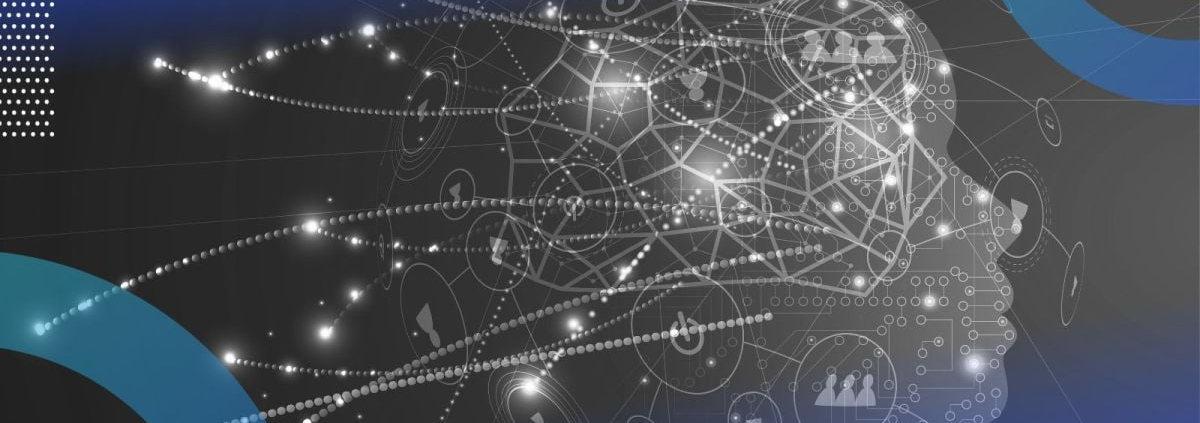A Deep Dive into Neural Networks and Their Applications
In the ever-evolving field of artificial intelligence and machine learning, neural networks have emerged as one of the most powerful and versatile algorithms. These networks, inspired by the human brain, have made significant strides in solving complex tasks ranging from image recognition and natural language processing to autonomous driving and game playing. In this comprehensive guide, you will delve deep into the world of neural networks, exploring their history, architecture, training methods, and practical applications, with code examples to help solidify your understanding.
1. Introduction
At its core, a neural network is a machine learning algorithm that aims to mimic the way the human brain processes information. It consists of interconnected nodes, or neurons, organized into layers. These networks can learn from data and make predictions or decisions based on that data. Neural networks have gained immense popularity due to their ability to solve complex tasks that were previously thought to be beyond the capabilities of traditional machine learning algorithms.
2. History of Neural Networks
The concept of artificial neural networks dates back to the 1940s, with early models inspired by the structure and function of biological neurons. However, it wasn’t until the 1950s and 1960s that significant progress was made in the development of neural network models. One notable milestone during this era was the creation of the perceptron, a type of artificial neuron capable of linear binary classification.
The field of neural networks experienced a period of stagnation in the late 1960s and early 1970s due to the limitations of the perceptron. It was only in the 1980s that neural networks saw a resurgence, driven by the development of backpropagation, an algorithm for training multi-layer neural networks. This breakthrough laid the foundation for modern neural network architectures.
3. Basic Architecture
A typical neural network consists of three main types of layers:
- Input Layer: This layer receives the raw data or features as input. Each neuron in this layer corresponds to a feature in the input data.
- Hidden Layers: These intermediate layers process the input data through a series of weighted connections and apply activation functions to produce output values. The term “hidden” refers to the fact that these layers are not directly observable from the outside.
- Output Layer: The final layer produces the network’s output, which is often the result of some transformation of the information processed in the hidden layers. The number of neurons in the output layer depends on the task at hand. For example, in a binary classification task, there may be one neuron that outputs the probability of belonging to one class.
# Sample neural network architecture using Keras
from tensorflow import keras
model = keras.Sequential([
keras.layers.Input(shape=input_shape),
keras.layers.Dense(units=64, activation='relu'),
keras.layers.Dense(units=32, activation='relu'),
keras.layers.Dense(units=output_units, activation='softmax')
])
4. Activation Functions
Activation functions play a crucial role in neural networks by introducing non-linearity into the model. This non-linearity allows neural networks to approximate complex, non-linear relationships in data. Common activation functions include the Rectified Linear Unit (ReLU), Sigmoid, and Hyperbolic Tangent (tanh).
# Example of ReLU activation function import numpy as np def relu(x): return np.maximum(0, x)
5. Training Neural Networks
The training process of neural networks involves adjusting the weights and biases of the connections between neurons to minimize a loss of function. Backpropagation, coupled with optimization algorithms like Gradient Descent, is used to update these parameters. This iterative process continues until the model converges to a state where the loss is minimized.
# Training a neural network using TensorFlow model.compile(optimizer='sgd', loss='mean_squared_error') model.fit(X_train, y_train, epochs=100, batch_size=32)
6. Types of Neural Networks
Neural networks come in various architectures tailored to specific tasks. Some common types include:
- Feedforward Neural Networks (FNN): The simplest form of neural networks where information flows in one direction, from input to output, with no feedback loops.
- Convolutional Neural Networks (CNN): Primarily used for image-related tasks, CNNs are designed to process grid-like data efficiently. They use convolutional layers to capture spatial patterns.
- Recurrent Neural Networks (RNN): Ideal for sequential data, RNNs maintain hidden states and allow information to flow in loops, making them suitable for tasks like natural language processing and time series prediction.
- Long Short-Term Memory Networks (LSTM): A specialized form of RNNs that addresses the vanishing gradient problem, making them more effective for long sequences.
- Gated Recurrent Unit (GRU): Similar to LSTM but with a simpler architecture, GRUs are used when a balance between complexity and performance is desired.
7. Applications
Neural networks have found applications across various domains:
- Image Recognition: CNNs are widely used for tasks such as image classification, object detection, and facial recognition.
- Natural Language Processing: RNNs and transformer-based models like BERT have revolutionized language understanding, enabling applications like chatbots, sentiment analysis, and machine translation.
- Autonomous Vehicles: Neural networks power self-driving cars by processing sensor data and making real-time decisions.
- Healthcare: Neural networks assist in diagnosing diseases from medical images and predicting patient outcomes.
- Finance: They are used for fraud detection, algorithmic trading, and credit scoring.
8. Conclusion
Neural networks have evolved significantly since their inception, becoming the cornerstone of modern artificial intelligence and machine learning. With their ability to model complex relationships in data, these algorithms have propelled us into a new era of innovation and automation. Understanding the fundamentals of neural networks, their architecture, and training methods is crucial for anyone looking to harness their power in solving real-world problems. As the field continues to advance, the possibilities for neural networks are boundless, and their impact on society will only continue to grow.






